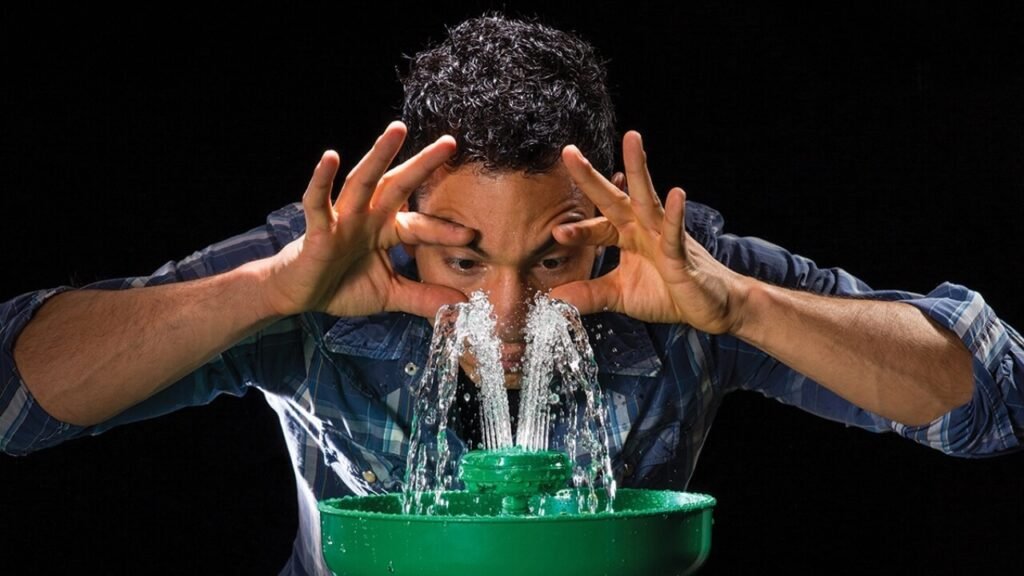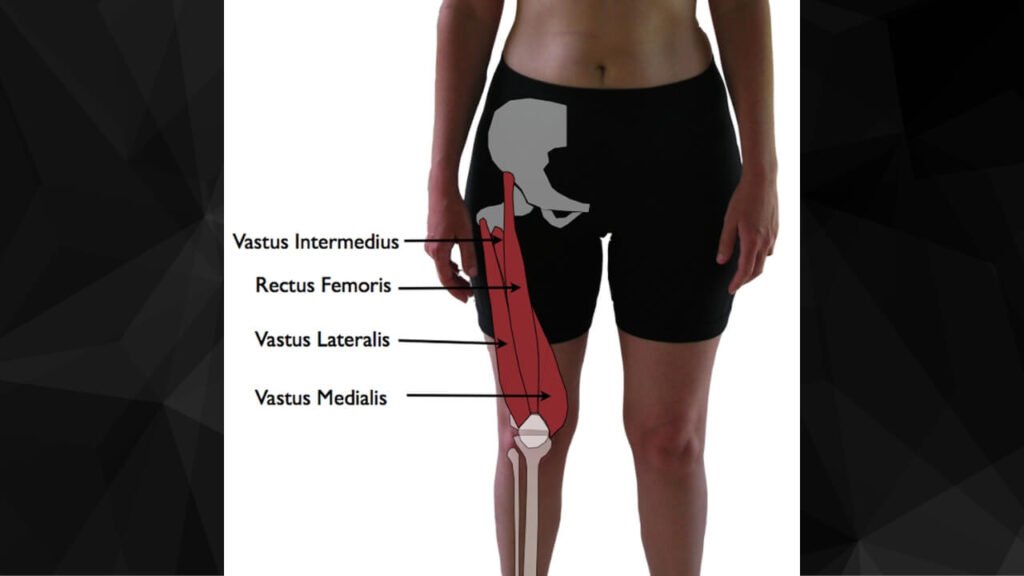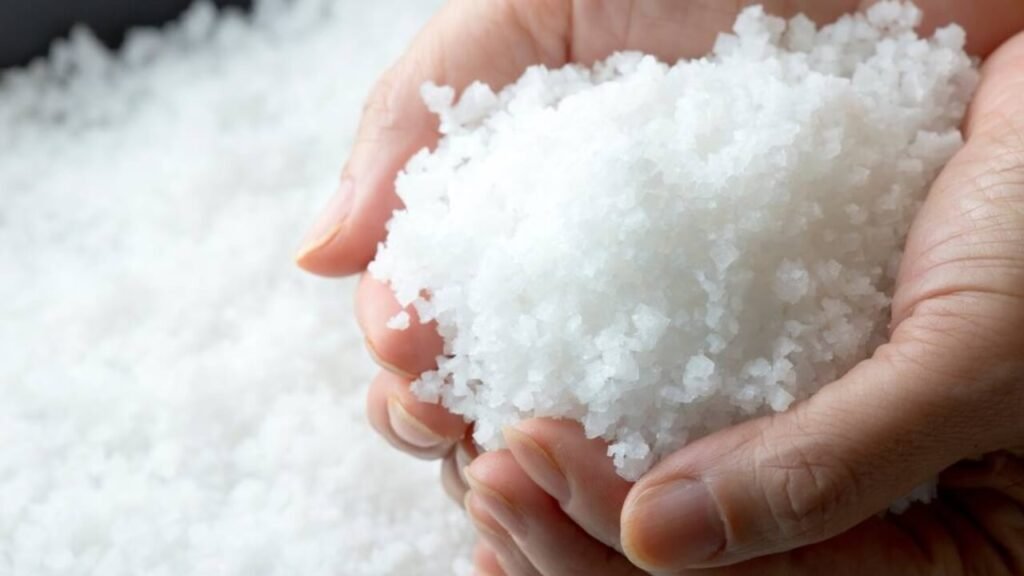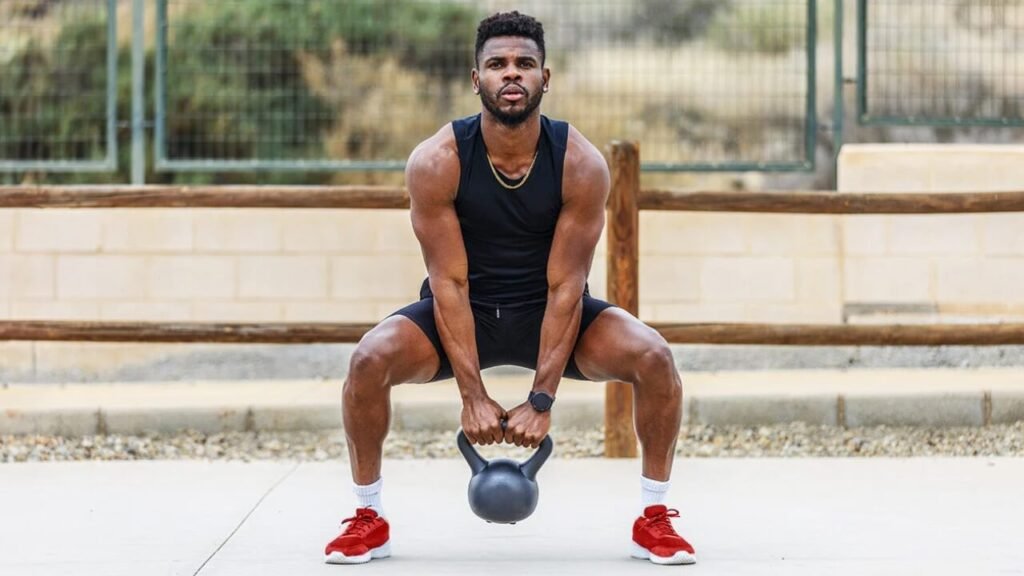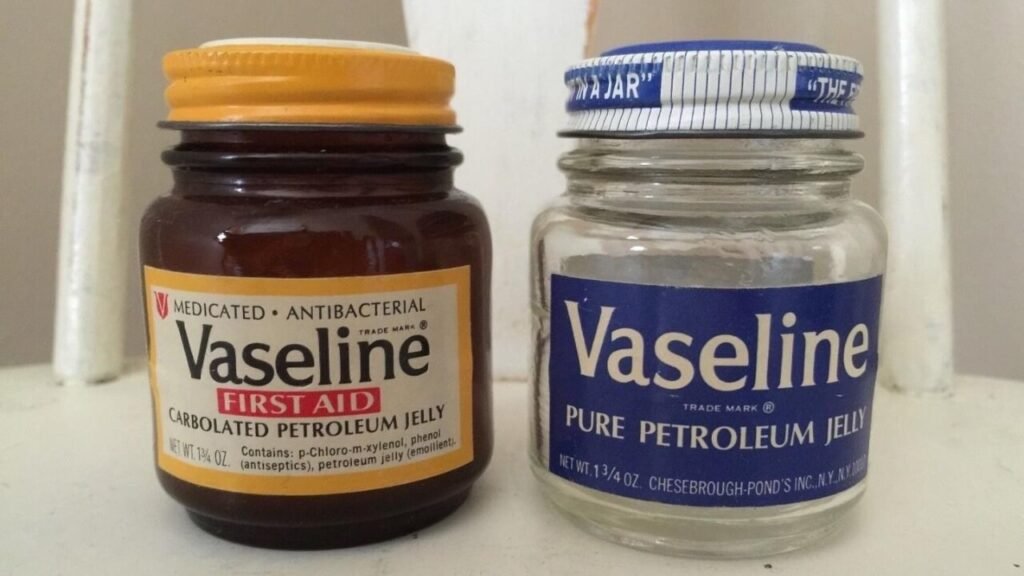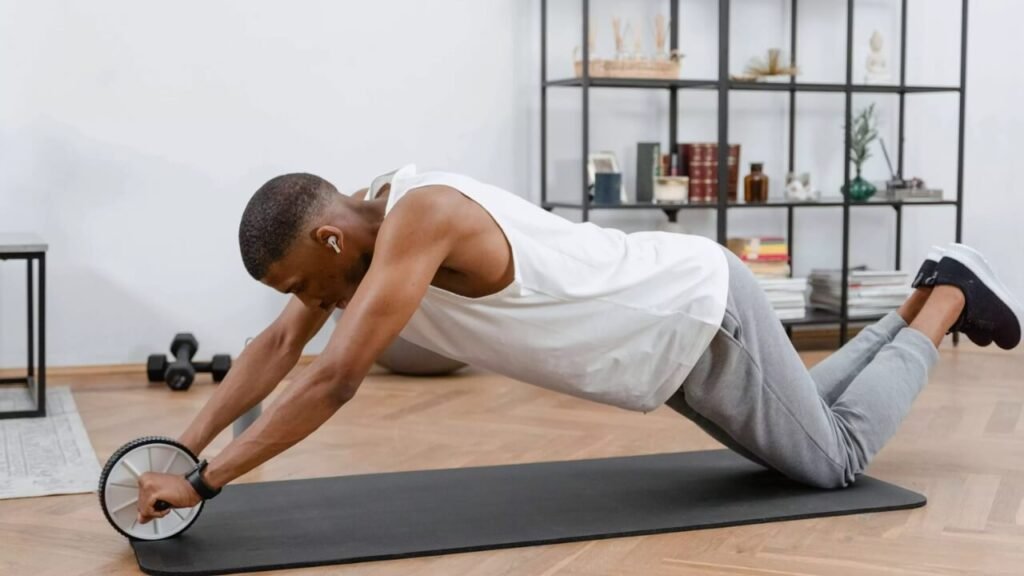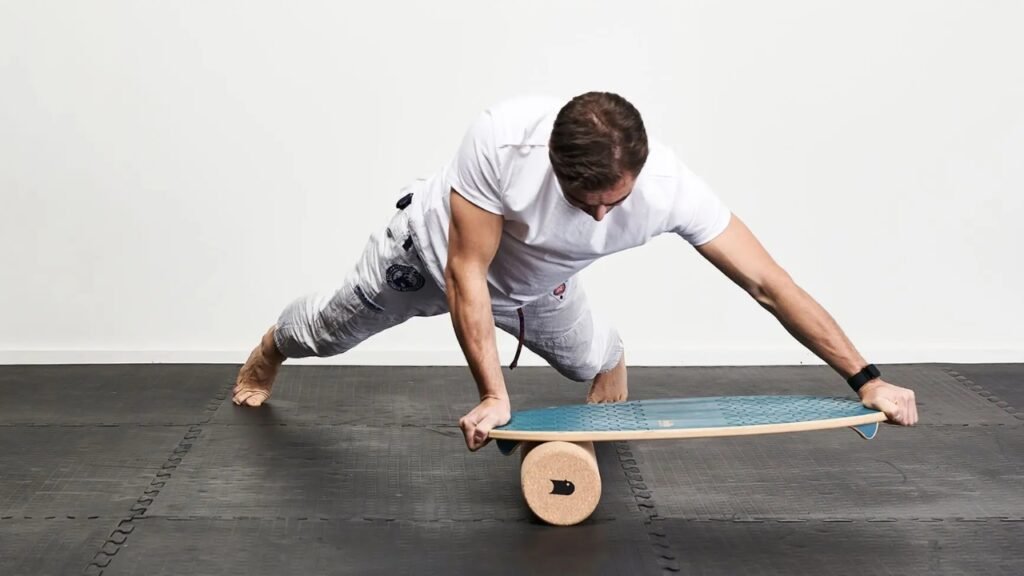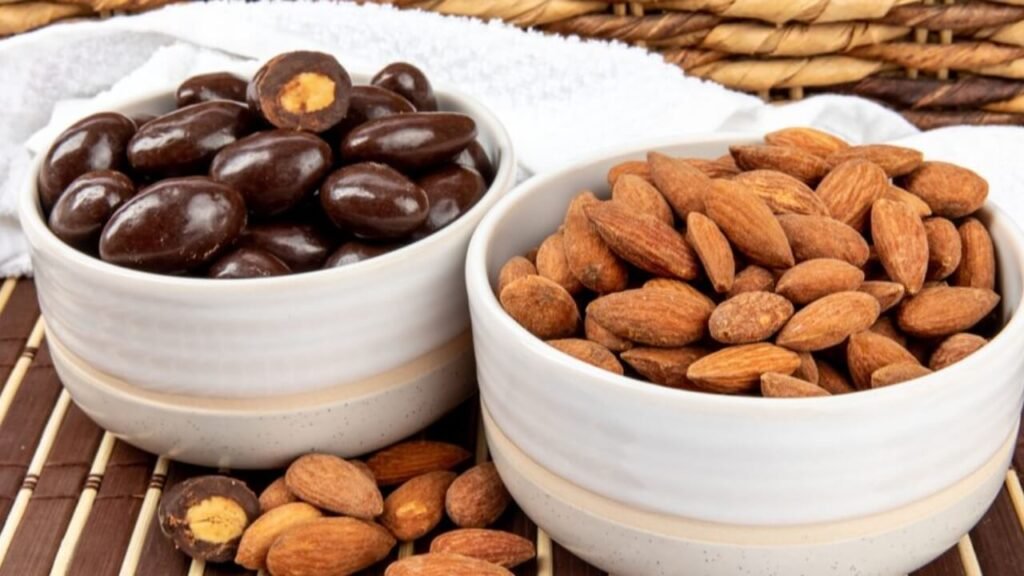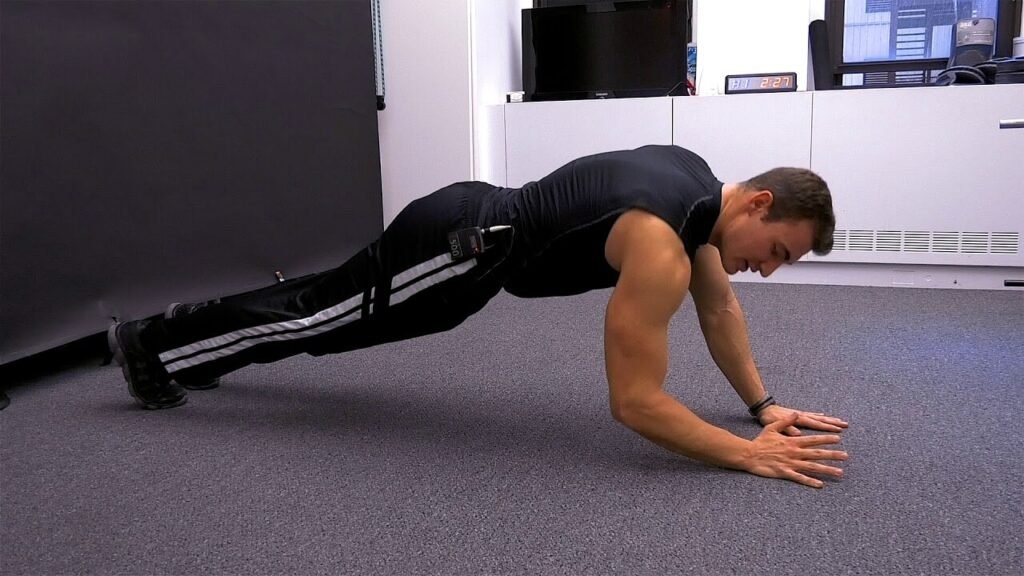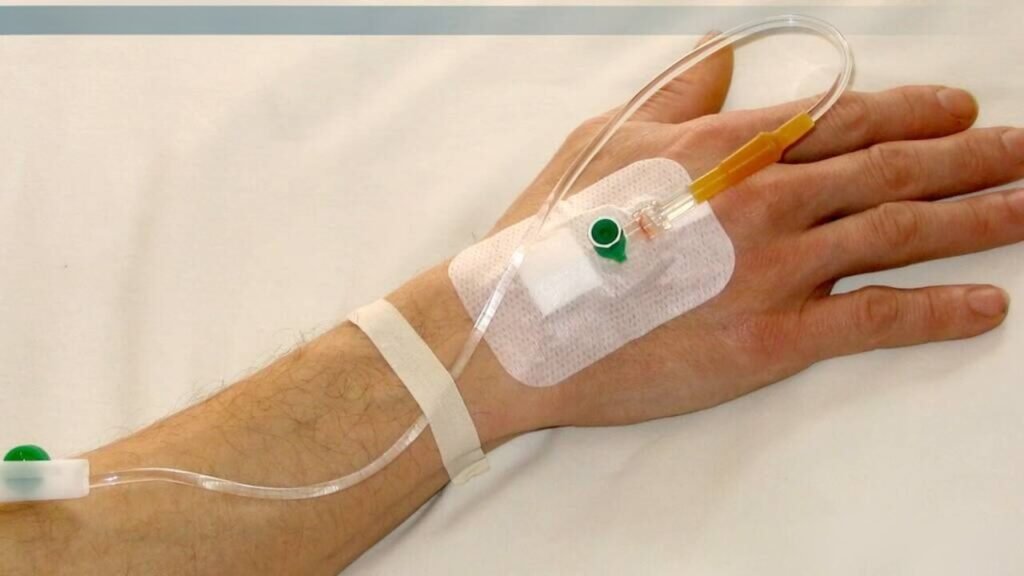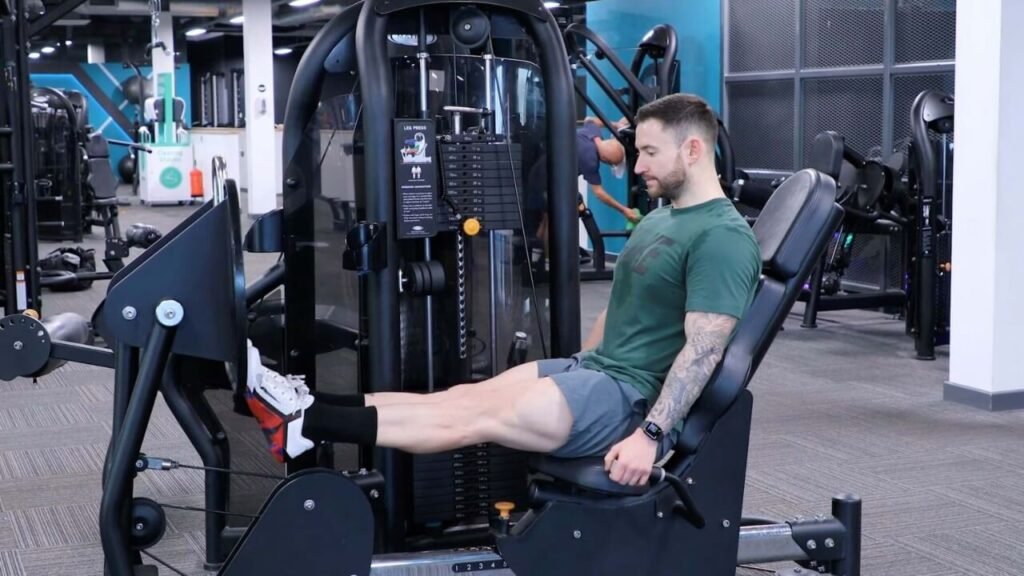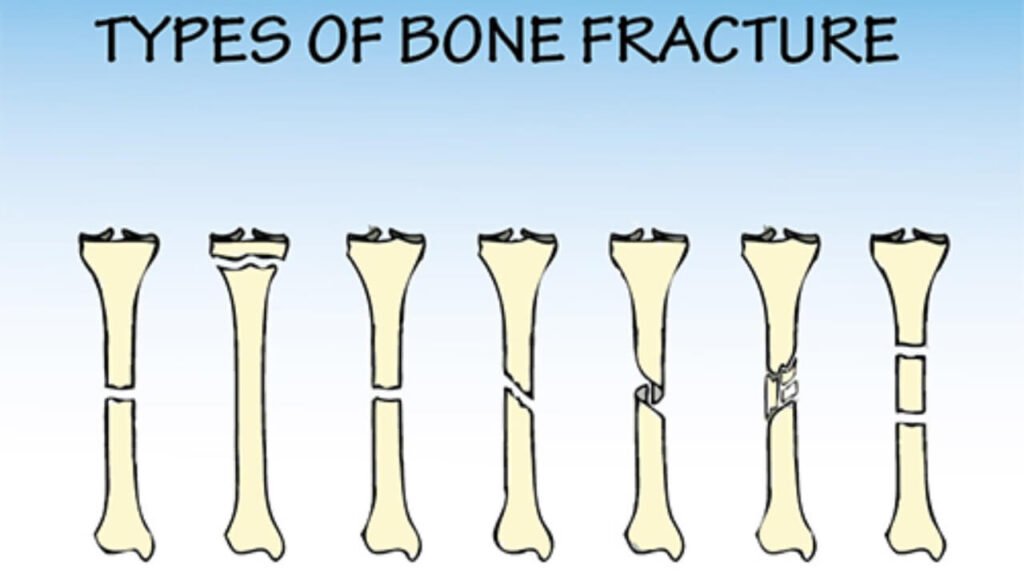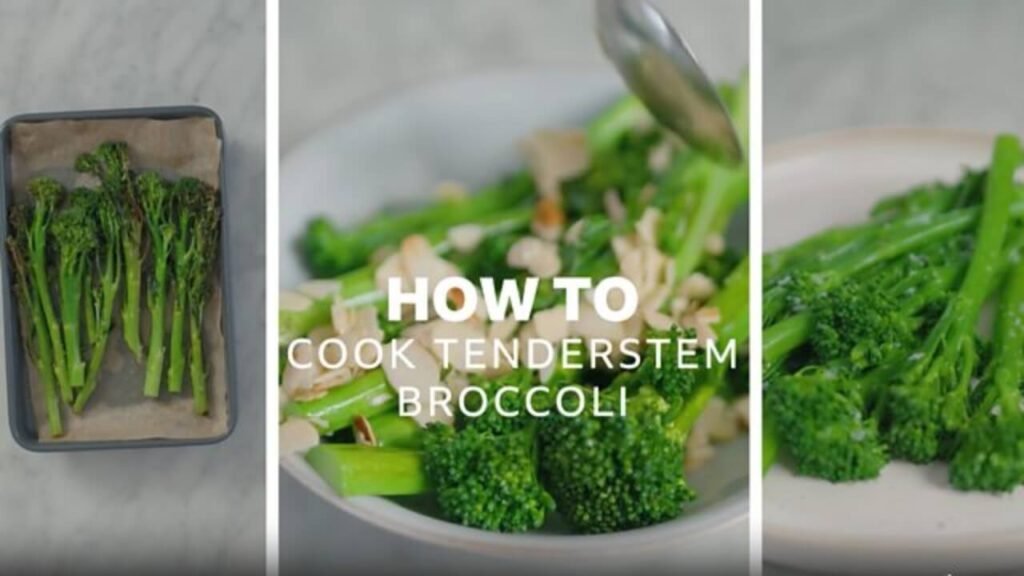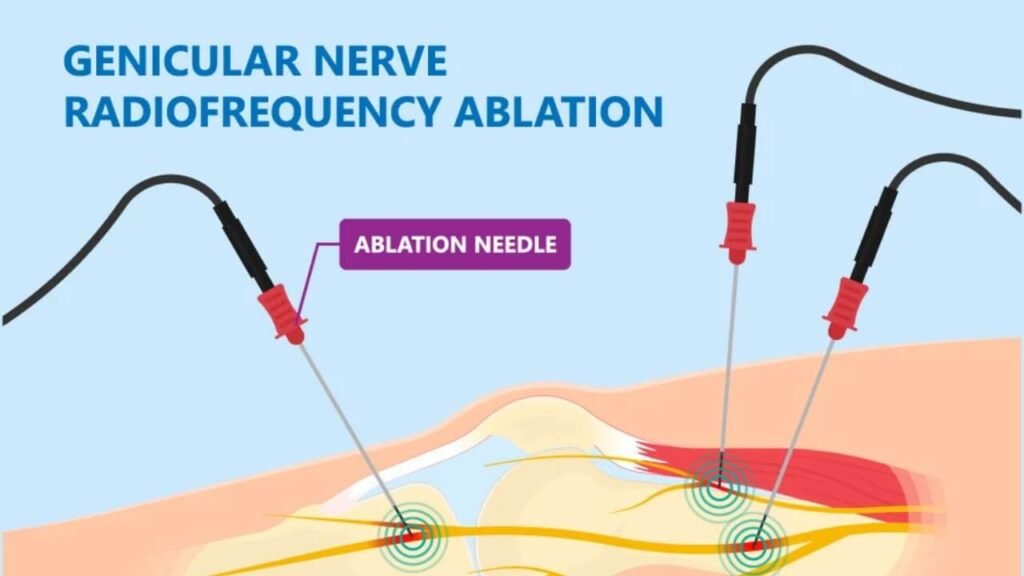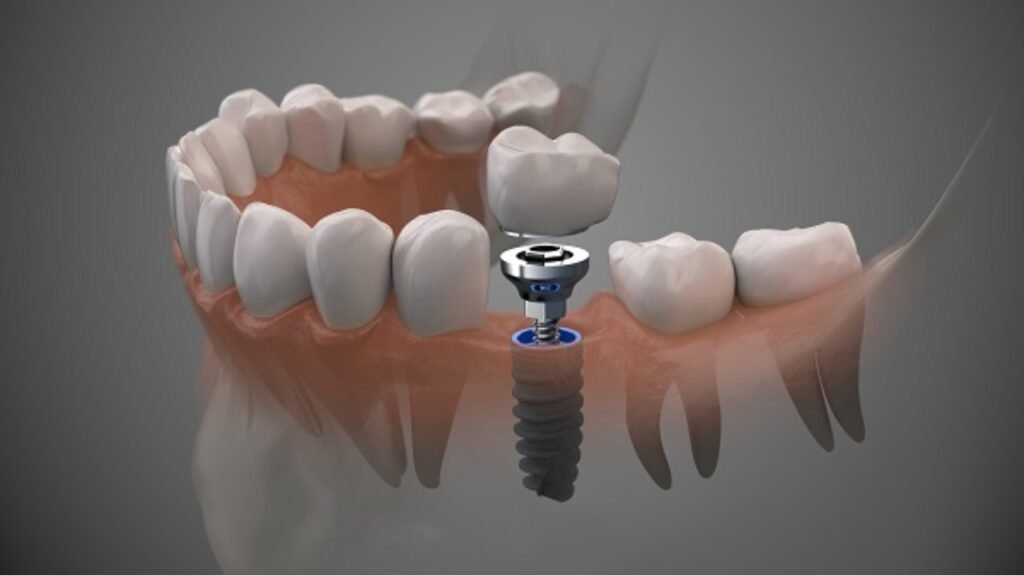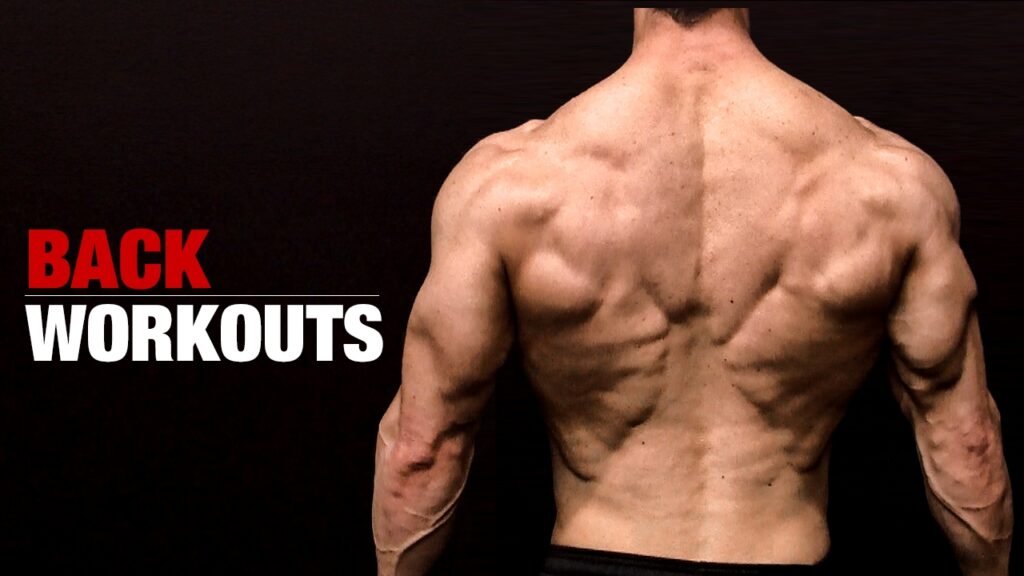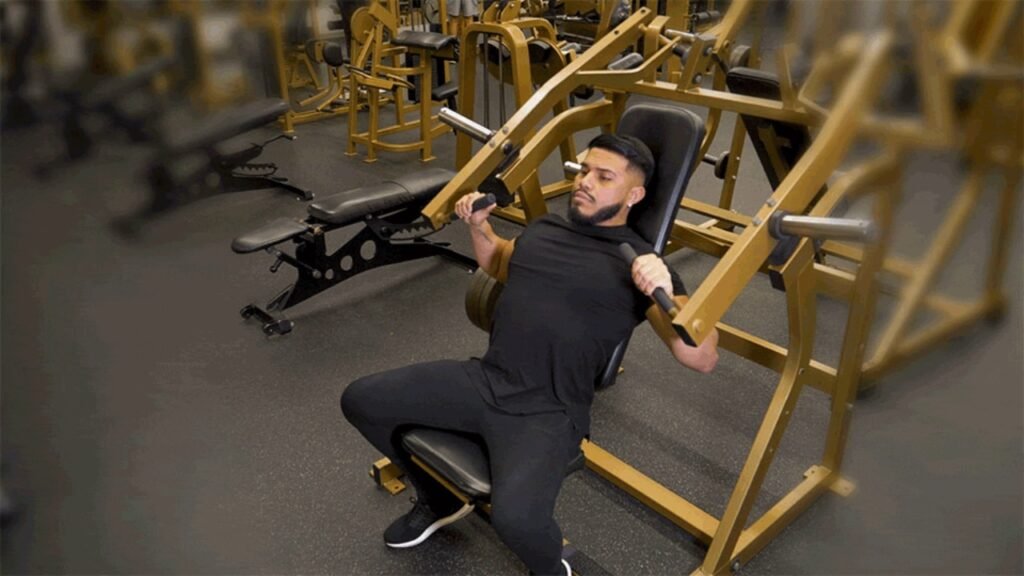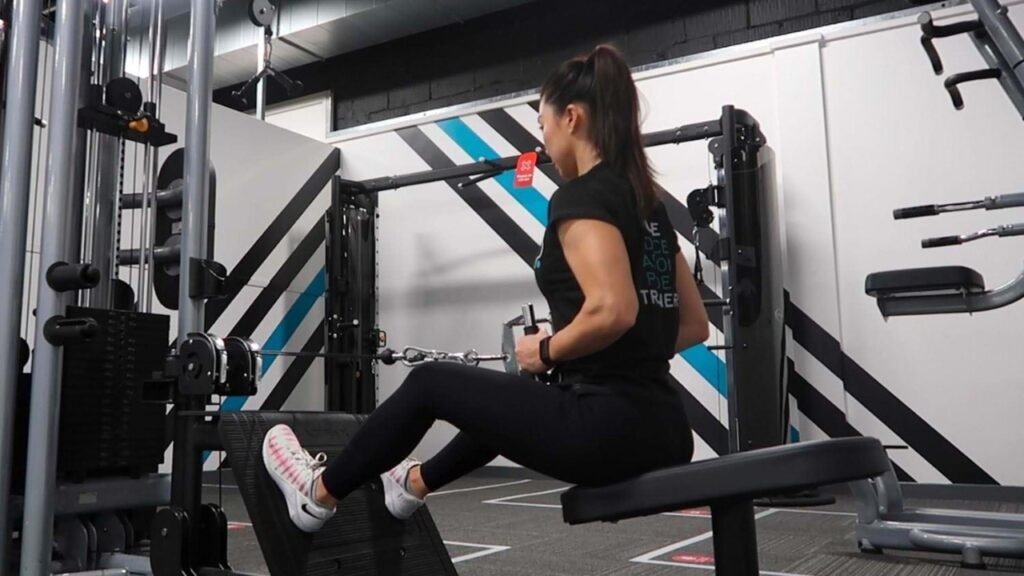Effective Lower Pec Workout: Sculpt Your Chest Like Never Before
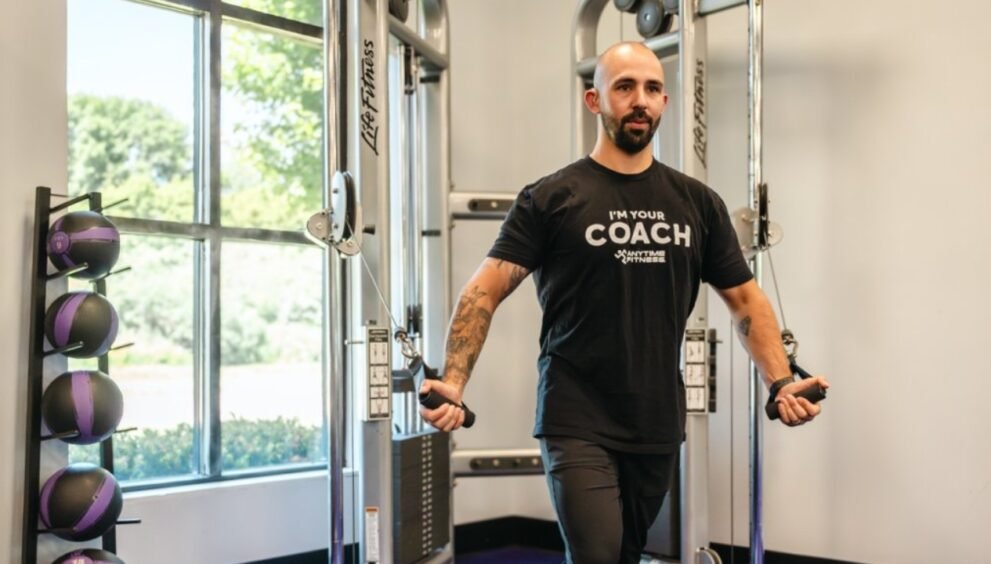
When it comes to chest improvement, maximum health fanatics focus heavily on physical activities targeting the upper and middle portions of the pectoral muscles. However, the lower pec workout is just as critical for achieving balanced muscle growth and a well-defined chest. This part of the chest is often overlooked, but it plays a significant role in giving your physique the full, complete look. In this guide, we’ll dive into why focusing on your lower pecs is essential, and how you can incorporate targeted exercises into your workout routine to maximize your results.
The Science Behind Lower Pec Development
Before we get into the specific exercises, it’s important to understand the anatomy of the pectoral muscles. The pectoralis major, the large muscle group within the chest, is split into three parts: the upper, middle, and lower pecs. The lower pecs are positioned beneath the middle portion of the chest and play a key role in both the aesthetic and functional aspects of the upper body. A strong and well-developed lower chest can contribute to improved posture, increased pushing strength, and a more defined, symmetrical physique.
The pectoral muscles are responsible for various movements of the shoulder and arm. The lower part of the pecs is primarily involved in moves such as downward pushing and flexing the arms. Research has shown that targeting the lower pecs with specific exercises can help improve muscle hypertrophy and strength in that region.
A study published in the Journal of Strength and Conditioning Research found that exercises like the decline bench press and chest dips activate the lower part of the pectorals more effectively than flat or incline presses. This is because these movements emphasize the horizontal adduction of the arms while also placing the shoulders in a position that allows the lower part of the chest to engage more fully.
Effective Lower Pec Workout: Key Exercises
One of the best exercises for targeting the lower pecs is the decline bench press. By performing this movement on a bench set at a decline angle, you shift the emphasis from the middle and upper portions of the chest to the lower pecs. The decline bench press also reduces the involvement of the shoulders, allowing for greater isolation of the chest muscles.
To perform the decline bench press:
- Lie on a decline bench with your feet securely placed at the top.
- Grip the barbell with your hands slightly wider than shoulder-width apart.
- Lower the barbell slowly to your lower chest, ensuring that your elbows are at about a 45-degree angle.
- Press the barbell back up until your arms are fully extended.
- Repeat for 3-4 sets of 8-12 reps.
Expert Insight: “The decline bench press is one of the best exercises for targeting the lower pecs,” says Dr. John Doe, a sports physiologist. “By positioning the body at a decline, you force the lower part of the pectoral muscles to work harder, resulting in better muscle activation and growth.”
Chest Dips
Chest dips are another fantastic exercise for targeting the lower pecs. When performed correctly, dips allow for a deep stretch and contraction of the chest muscles, particularly the lower part. While chest dips also engage the triceps and shoulders, leaning forward slightly during the movement can significantly increase the emphasis on the pectoral muscles.
To perform chest dips:
- Start by gripping the parallel bars with your arms fully extended.
- Lower your body by bending your elbows, keeping your chest forward and your torso leaning slightly.
- Lower your body until your upper arms are parallel to the ground or slightly below.
- Push your body back up to the starting position, keeping your elbows slightly bent at the top.
- Perform 3-4 sets of 8-10 reps.
Decline Dumbbell Flyes
Dumbbell flyes on a decline bench are another great option for isolating the lower chest. This movement targets the lower pecs by emphasizing the horizontal adduction of the arms. Unlike pressing movements, flyes help in achieving a deep stretch of the chest muscles, leading to greater muscle activation.
To perform decline dumbbell flyes:
- Set up a decline bench and lie down with a dumbbell in each hand.
- Extend your arms straight above you, keeping a slight bend in your elbows.
- Slowly lower the dumbbells outward, feeling the stretch in your lower chest.
- Bring the dumbbells back together by squeezing your chest muscles.
- Perform 3-4 sets of 10-12 reps.
Cable Crossovers (Low to High)
Cable crossovers are another excellent way to target the lower pecs, especially when performed with a low-to-high motion. This variation allows you to work the lower part of the chest from a different angle, leading to more complete muscle engagement.
To perform cable crossovers:
- Set the pulleys on a cable machine to the lowest position.
- Grab the handles and stand in the center of the machine.
- Step forward slightly, and pull the handles upward and across your body in a “scooping” motion.
- Squeeze your chest muscles as you bring your hands together at shoulder height.
- Slowly return to the starting position, and repeat for 3-4 sets of 12-15 reps.
Push-Ups with Feet Elevated
While push-ups are typically thought of as a bodyweight exercise for the upper chest, elevating your feet can shift the emphasis to the lower pecs. By raising your feet on a bench or platform, you change the angle of the push-up, making the lower chest work harder to stabilize and push your body up.
To perform elevated push-ups:
- Place your feet on a bench or platform and assume a standard push-up position.
- Lower your chest toward the ground while keeping your body in a straight line.
- Push yourself back up to the starting position, focusing on squeezing the chest muscles at the top.
- Perform 3-4 sets of 12-15 reps.
Nutrition and Recovery for Lower Pec Growth
Building muscle, especially in areas like the lower chest, requires more than just a good workout. Nutrition plays a pivotal role in muscle recovery and growth. Protein is essential for repairing and building muscle fibers, so make sure you’re consuming an adequate amount of protein throughout the day. Aim for about 1.2 to 2.2 grams of protein per kilogram of body weight, depending on your activity level.
Additionally, proper rest is crucial. Overtraining can lead to muscle fatigue and even injury, so ensure you’re allowing your muscles enough time to recover between workouts. Getting sufficient sleep and incorporating active recovery days can help you avoid burnout and promote muscle growth.
The Role of Consistency and Progression
When it comes to sculpting the lower pecs, consistency is key. A few isolated exercises here and there won’t give you the results you’re looking for. A well-rounded workout routine, consistently targeting the lower chest muscles, along with progressive overload, will yield the best results.
Progressive overload means gradually increasing the intensity of your workouts. This can be achieved by increasing the weight, volume, or frequency of your exercises over time. It’s important to push your muscles beyond their comfort zone in order to stimulate growth.
Conclusion
Incorporating a focused lower pec workout into your routine can be a game-changer for those looking to develop a well-rounded and aesthetically pleasing chest. By utilizing exercises like the decline bench press, chest dips, and decline dumbbell flyes, you can target the lower portion of your pectorals effectively.
Building muscle takes time, effort, and consistency, but with the right exercises, nutrition, and recovery strategies, you’ll be on your way to achieving a stronger, more defined chest. Remember to progressively increase the intensity of your workouts and always prioritize proper form to avoid injury and maximize results. By following these principles, you’ll be well on your way to developing the lower pecs you’ve always desired.










